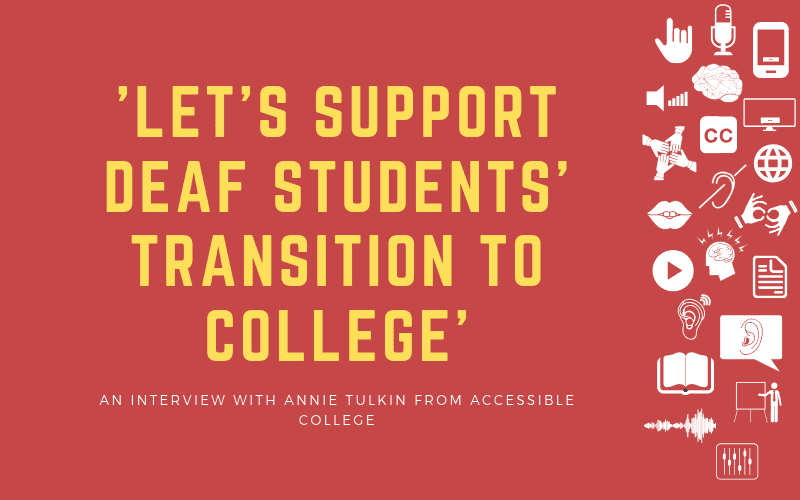The ability to access a location or piece of information gives people power. It’s how we connect with others, learn about the world, and get opportunities. Unfortunately, for many people with disabilities, the world is inaccessible.

Of course, there are the obvious barriers such as stairs for people with wheelchairs (ie the main entrance to Boucke, despite it hosting the disability resources office), as well as many accessibility issues that able-bodied people don’t have to think about on a regular basis. This includes issues like web access, hearing, and communication.
Recently, web accessibility has been gaining more attention. Developers are taught to contrast their text so that it is legible to those with vision loss, give their images alternative text, and control time-out settings. Penn State, for example, is supposed to make any text handouts available on alternative media. This is a great initiative; however, it has some flaws. A major problem that individuals with disabilities face is timing. To get text in alternative media, they often have to request it two weeks in advance. In that amount of time, professors may re-arrange the schedule or add new text, making it near-impossible for people with disabilities to keep up. Penn State also has website pages on accessible images, keyboards, and many other web-access issues, showing that they are trying to keep campus as accessible as possible.

Another major issue that people with disabilities can face has to do with hearing and communicating. As a member of Sign Language Organization, I’ve heard many people with hearing loss and interpreters that work at PSU complain about the lack of resources for Deaf and hard of hearing students. Despite Penn State offering resources like interpreters and assistive listening devices, there is a severe shortage, and many professors don’t know how to help their students with hearing impairments. Additionally, despite advocacy from student groups, Penn State refuses to allow ASL (American Sign Language) to be counted as a language. Though this may seem trivial, many people in the Deaf and HOH community feel frustrated and disrespected by the lack of recognition for their language. With that being said, Penn State is trying to improve its accessibility for hearing impaired students. Every summer, Penn State hosts a Deaf and HOH camp for high school students, teaching them about accessibility in college, resources available to them, and fostering a community. There’s also a new club on campus called PSU Access, that is working to create a more accessible campus.
I am surprised that such a large university is still struggling with disability accessibility. It is frustrating to me that they do lack accessibility for all disabled people. I hope that they soon come up with solutions in order to accommodate those who need extra help. They deserve to receive their education without worrying about having an interpreter, extra resources, or even having to access the buildings of their classes.